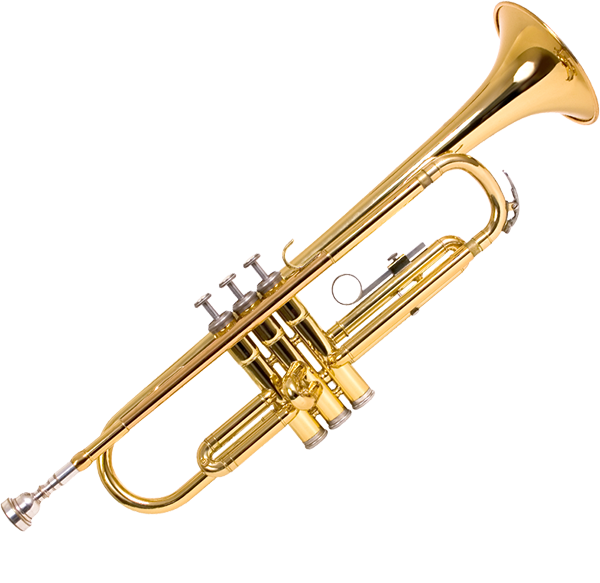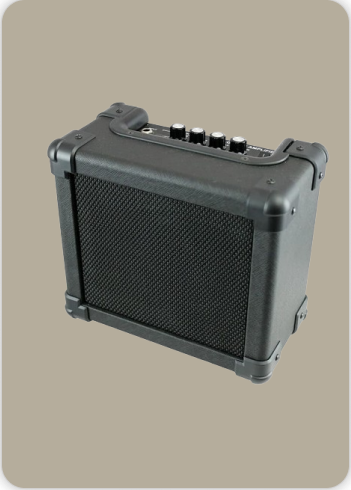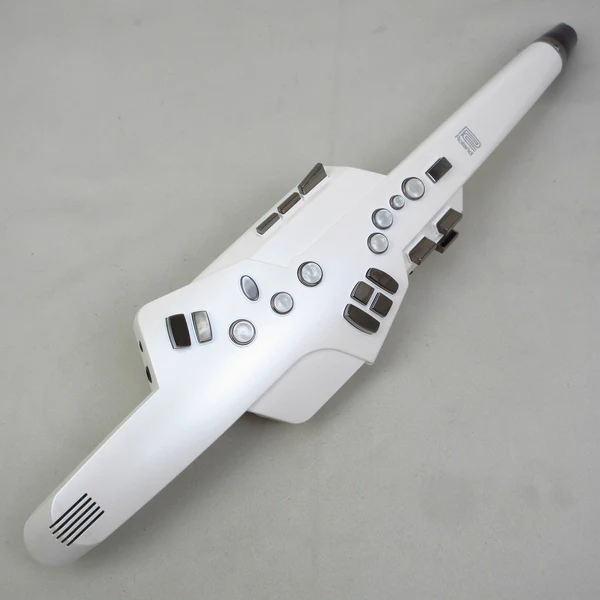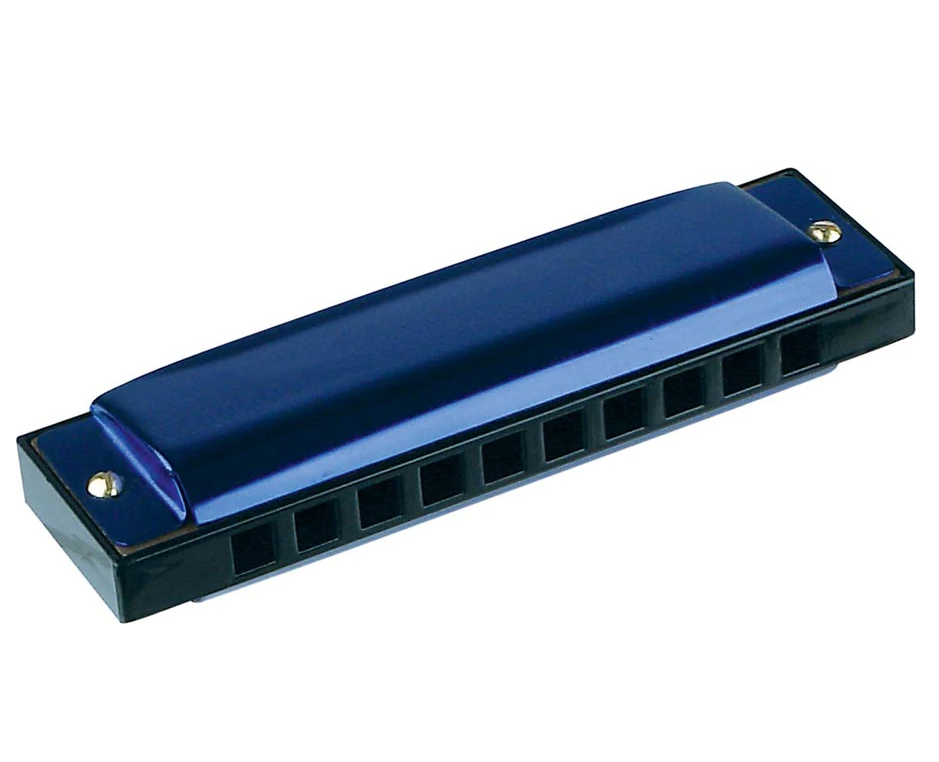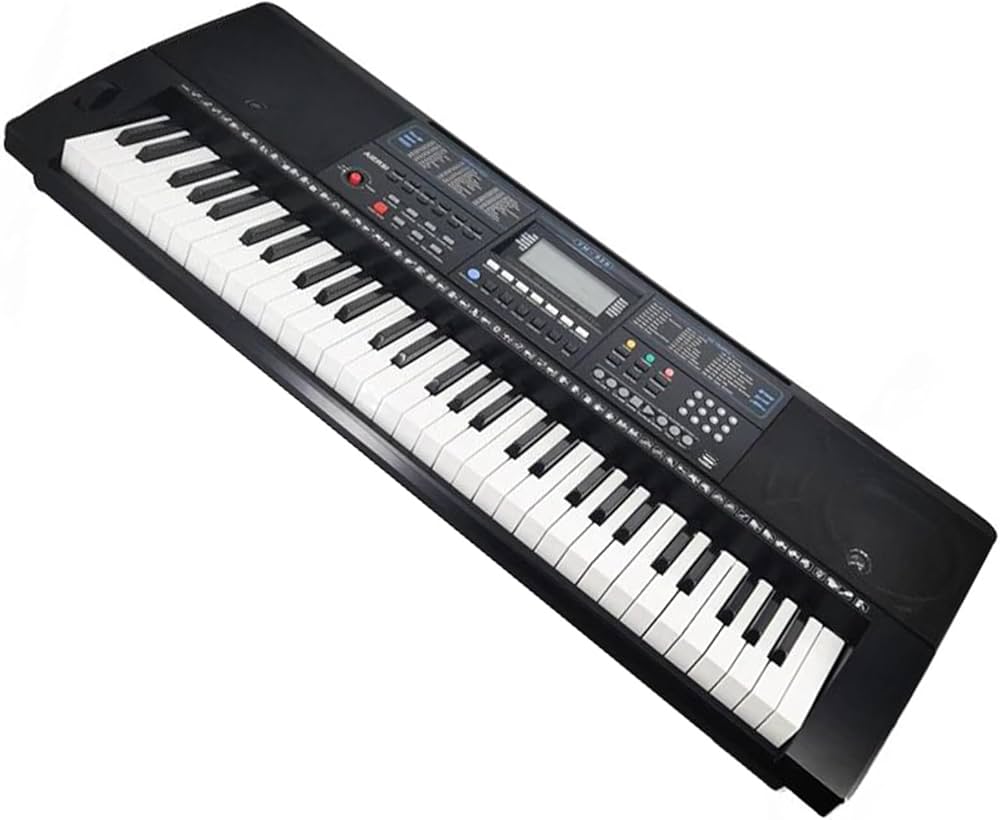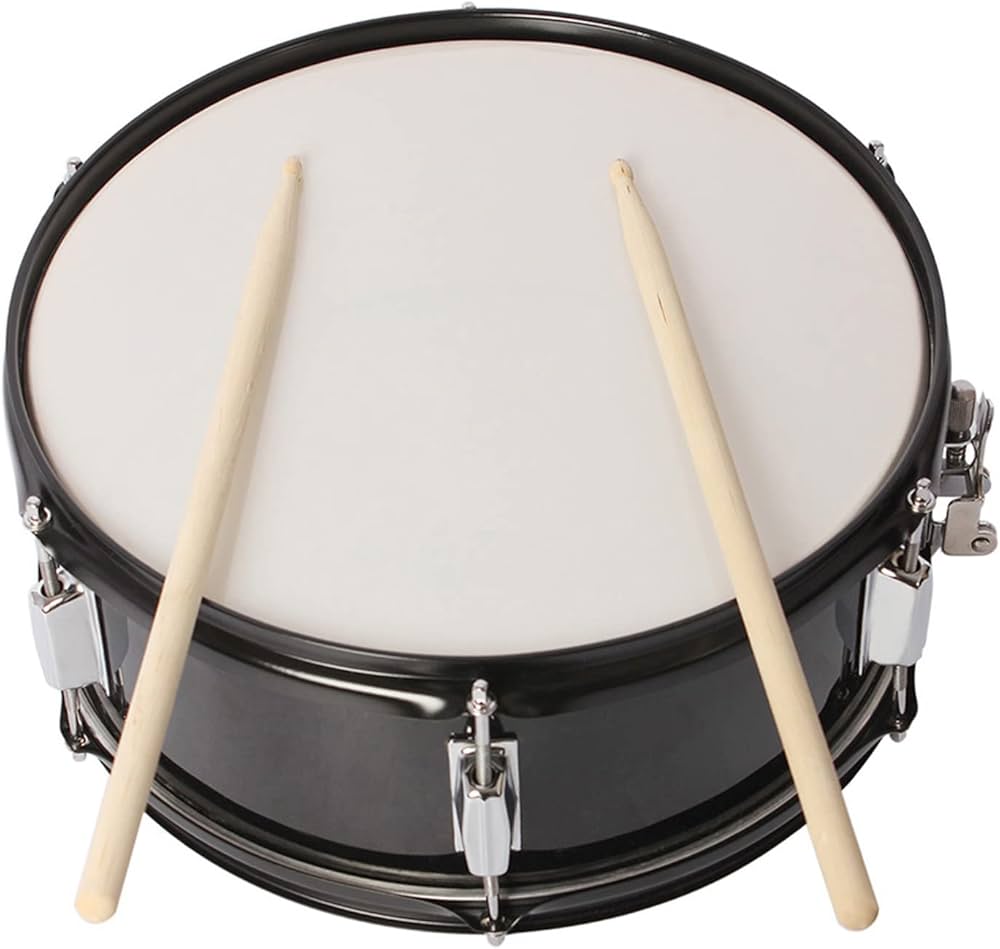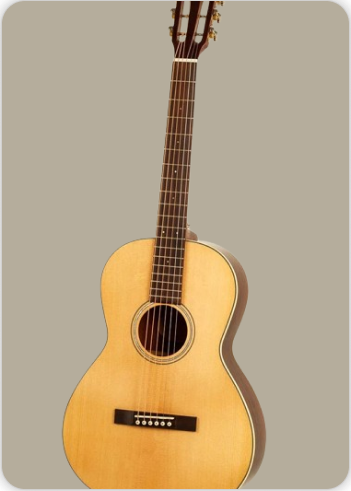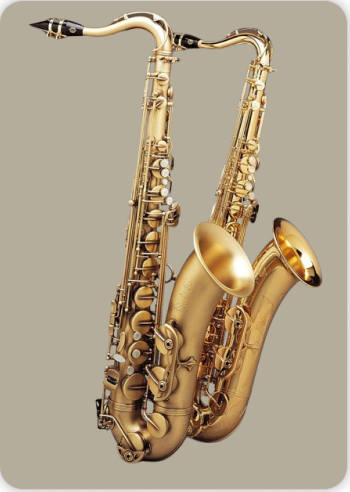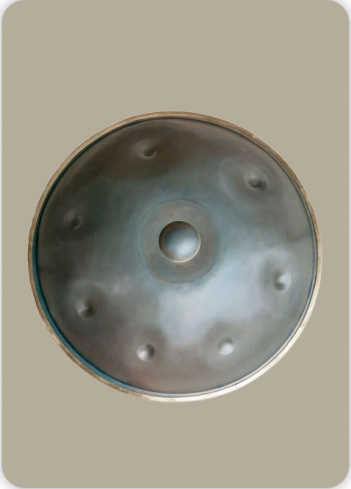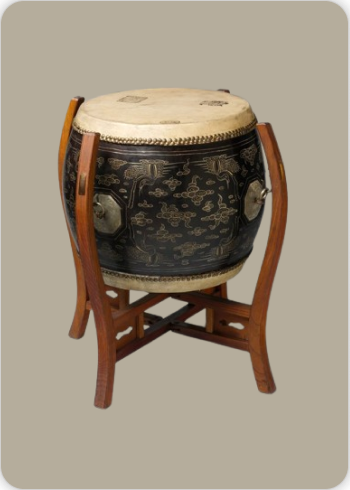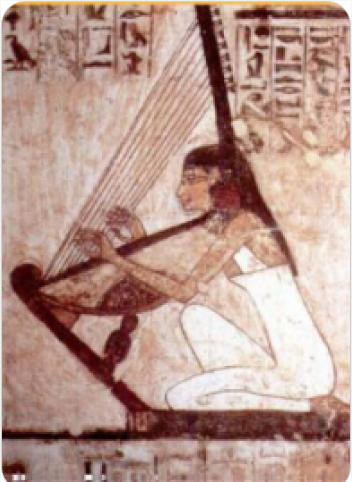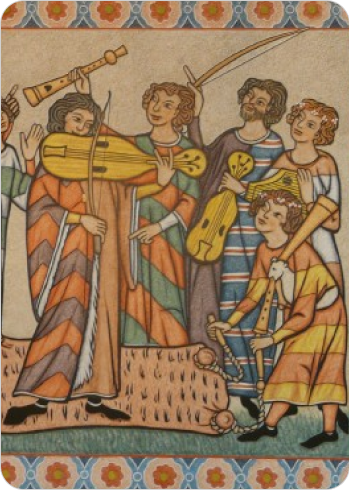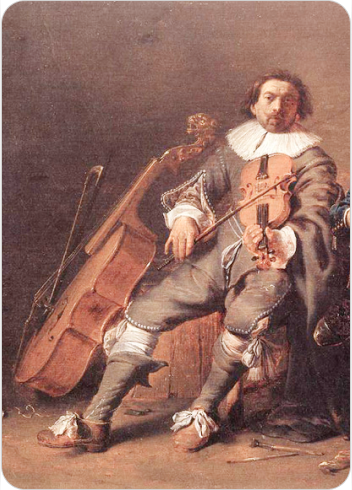Tovshuur
Plucked Instruments
Asia
Between 1001 and 1900 AD
Video
The Tovshuur, also known as topshuur or topshur, is a traditional Mongolian stringed musical instrument primarily associated with the Western Mongolian tribes such as the Oirats, Altai Urianghais, Altais, Tuvans, and Khalkha peoples. It is a two- or three-stringed lute that holds a significant place in the folklore and cultural expressions of these communities. The instrument is closely tied to storytelling, singing, and dancing traditions, often accompanying performances that convey epic tales and folk narratives. Historically, the Tovshuur was even played before battles, as noted in accounts by travelers like Marco Polo, highlighting its deep-rooted presence in Mongolian life and culture.
Type of Instrument: The Tovshuur is classified as a lute, belonging to the category of string instruments. It falls under the Hornbostel–Sachs classification 321.321, which denotes it as a plucked lute. It is related to other Central Asian stringed instruments such as the Komuz, Dombra, Doshpuluur, Balalaika, and Sanxian. The Tovshuur is typically played by plucking or strumming its strings, producing a distinctive sound that complements vocal performances and dances. Its role in Mongolian music is both melodic and rhythmic, providing a rich and resonant accompaniment to traditional songs and epic storytelling.
History of the Tovshuur
The Tovshuur, a traditional two- or three-stringed lute, originates from the vast steppes of Central Asia, particularly within the cultural domains of Mongolia and the surrounding regions historically influenced by nomadic peoples. Its history traces back to at least the 13th century, during the time of the Mongol Empire under Genghis Khan, although similar stringed instruments may have existed even earlier among Turkic and Mongolic tribes. The Tovshuur played a significant role in the oral traditions of these nomadic societies, serving as an essential instrument for accompanying epic poetry, storytelling, and songs that conveyed cultural values, history, and ancestral lineage. Often handmade using wood and animal hide, the Tovshuur was more than a musical instrument—it was a cultural artifact representing the identity and spiritual life of its people. Its development is deeply intertwined with the lifestyle of steppe nomads, particularly in western Mongolia, including the Altai and Bayan-Ölgii regions, where Kazakh and Mongol ethnic groups have preserved its tradition across generations. As such, the Tovshuur embodies the musical heritage of Central Asia and reflects the continuity of nomadic customs from the medieval period into the present day.
Construction and Physical Structure
The Tovshuur is traditionally a handmade instrument, with its construction varying depending on the maker and regional influences. The body of the Tovshuur is bowl-shaped and typically covered with tightly stretched animal skin, which acts as a resonator. The instrument’s frame is often crafted from wood, with common materials including spruce, mahogany, ebony, and birch. The neck of the Tovshuur is attached to the body and supports two or three strings, which historically were made from horsehair or sheep intestine but are now sometimes replaced with nylon for durability.
The instrument’s size and shape can differ between tribes, with some versions resembling the Kazakh Dombra in form. The Tovshuur’s strings are tuned to produce a deep, rich timbre with a strong rhythmic quality. The instrument is lightweight and portable, reflecting the nomadic lifestyle of its players. Its design includes decorative elements such as carved heads shaped like ibexes or swans, which add cultural symbolism and aesthetic appeal.
Types of Tovshuur
There are several types of Tovshuur, distinguished by their construction details, number of strings, and decorative styles. The two main types include:
Two-stringed Tovshuur: The most common form, featuring two strings and a bowl-shaped body covered with animal skin. This type is widely used among the Oirats and other Western Mongolian tribes.
Three-stringed Tovshuur: Less common, this variant includes an additional string, offering a broader range of musical expression.
Additionally, the Tovshuur can be categorized by the style of its headstock, with popular designs including the Ibex Head and Swan Head (Khun Khets Tovshuur). These stylistic differences often reflect the cultural identity of the tribe or region where the instrument was made.
Characteristics of the Tovshuur
The Tovshuur is characterized by its deep and resonant sound, which is both melodic and rhythmic. The instrument’s timbre is rich and vibrant, capable of conveying a wide range of emotions from lively dance tunes to solemn epic narratives. Its strings produce a strong rhythm that can wash over listeners, making it ideal for accompanying folk songs and heroic epics like the Jangar. The instrument is also noted for its portability and ease of play, making it a favored companion for nomadic musicians. The craftsmanship involved in making a Tovshuur is highly detailed, with skilled artisans paying close attention to the tuning and quality of the strings, as even slight variations can significantly affect the instrument’s sound. In recent years, efforts have been made to preserve and promote the Tovshuur tradition. Workshops combining traditional handcrafting with modern production techniques have been established to produce the instrument in larger quantities while maintaining its authentic qualities. Apprentices are trained in both the musical and crafting aspects, ensuring the continuation of this cultural heritage.
Playing Techniques and Sound Modifications
The tovshuur is a traditional two- or three-stringed lute primarily played by Western Mongolian tribes such as the Altai Urianghais, Altais, Tuvans, and Khalkha peoples. It is typically played by plucking or strumming the strings, which can be made from horsehair or sheep intestine, though modern versions sometimes use nylon strings. The instrument’s bowl-shaped body, often covered with tightly stretched animal skin, produces a rich and resonant sound with a deep timbre and strong rhythm. Players use various hand techniques to modulate the sound, including finger plucking, strumming, and sometimes subtle bending of the strings to alter pitch and expression. The tuning and tension of the strings are crucial, as even a one-millimeter difference can significantly change the timbre, allowing for a wide range of tonal colors and emotional effects. The tovshuur can be played solo or as accompaniment for folk songs, storytelling, heroic epics like Jangar, and dances, providing both melodic and rhythmic support. Some players also incorporate percussive effects by tapping the body of the instrument while playing to enhance the rhythmic dimension of the music. These techniques contribute to the instrument’s unique sound, which is both lively and soulful, capable of evoking the vast landscapes and cultural heritage of Mongolia.
Famous Compositions and Influential Players
While the tovshuur repertoire is largely rooted in traditional Mongolian folk music and oral storytelling, it has inspired many compositions that celebrate Mongolian history and culture. The instrument is often featured in performances of epic narratives and folk dances, where its sound complements the vocal storytelling and rhythmic movements. Among the most influential modern players is Temuulen “Temka” Naranbaatar of the internationally acclaimed band The HU, who has helped bring the tovshuur to global audiences by blending traditional sounds with contemporary rock elements. Other notable musicians include Batzorig Vaanchig and members of the Altai Kai ensemble, who have preserved and popularized the instrument through their performances and recordings. These artists have expanded the tovshuur’s presence beyond Mongolia, showcasing its versatility and emotional depth in both traditional and modern contexts. Their work has contributed to a resurgence of interest in Mongolian folk instruments and has helped ensure the tovshuur’s continued relevance in contemporary music.
Historical Performances and Concerts
Historically, the tovshuur has been an integral part of Mongolian cultural ceremonies and social gatherings. According to accounts dating back to Marco Polo’s era, Mongols played stringed instruments like the tovshuur before battles to boost morale and invoke spiritual protection. Over centuries, the instrument has accompanied various forms of Mongolian oral traditions, including epic storytelling, folk singing, and dance performances. In recent decades, the tovshuur has been featured in national festivals and international concerts, often alongside other traditional instruments like the morin khuur (horsehead fiddle). These performances serve both to preserve Mongolian heritage and to introduce it to wider audiences. Workshops and music festivals in Mongolia and neighboring regions have showcased the tovshuur in ensemble settings, sometimes blending it with modern instruments to create innovative fusion genres. Such events highlight the instrument’s adaptability and its enduring cultural significance.
Maintenance and Care
Maintaining a tovshuur requires careful attention to its natural materials and construction. Since the body is often made from wood and covered with animal skin, it is sensitive to humidity and temperature changes, which can cause the skin to shrink or stretch, affecting sound quality. Players must store the instrument in a stable environment to prevent damage. The strings, traditionally made from horsehair or sheep intestine, need regular tuning and occasional replacement to maintain optimal sound. Modern nylon strings offer greater durability but may alter the traditional timbre slightly. Craftsmanship plays a crucial role in the instrument’s upkeep; many tovshuur are handmade, and repairs often require specialized skills. Some contemporary workshops combine traditional techniques with modern tools to produce instruments that are both authentic and more resilient. Regular cleaning of the body and strings, careful handling, and proper storage in a protective case are essential practices to prolong the tovshuur’s lifespan and preserve its rich sound.
Interesting Facts and Cultural Significance
The tovshuur holds a special place in Mongolian culture as more than just a musical instrument; it is a symbol of identity and tradition among Western Mongolian tribes. Its construction from everyday nomadic tools, like a four-foot-long spoon used for making airag (fermented mare’s milk), reflects the resourcefulness and close relationship between Mongolian people and their environment. The instrument’s name varies slightly across regions, including topshur, topshuur, and tavshur, illustrating its widespread cultural integration. The tovshuur’s sound is believed to have spiritual qualities, capable of washing away troubles and bringing happiness, as expressed by contemporary players like Ma Dega and his son Ma Ouergeli, who have dedicated their lives to crafting and promoting the instrument. Their efforts, supported by government initiatives and modern workshops, aim to preserve the tovshuur’s traditional craftsmanship while introducing innovations in materials and design. The instrument also plays a vital role in folk rituals, dances, and epic storytelling, serving as a living link to Mongolia’s nomadic heritage. Its presence in both rural communities and international music scenes underscores its enduring cultural importance and its role in fostering intercultural understanding.
In summary, the tovshuur is a distinctive Mongolian lute with deep historical roots and vibrant contemporary relevance. Its playing techniques and sound modifications offer expressive musical possibilities, while its repertoire and performers continue to enrich Mongolian and global music cultures. Proper maintenance ensures its longevity, and its cultural significance remains a source of pride and identity for Mongolian peoples.
FAQ
What type of musical instrument is the Tovshuur?
The Tovshuur is a traditional Mongolian two or three-stringed lute, categorized as a plucked string instrument. It typically features a wooden body and a long neck. It is used by Western Mongolian ethnic groups like the Kazakhs and Altai Uriankhai. Its sound is often central to epic storytelling and folk songs.
What materials are used in constructing a Tovshuur?
The Tovshuur is usually made from carved wood for the body and neck, with animal skin stretched over the resonator. The strings were traditionally made from horsehair or animal gut. Decorative elements often include carved or painted motifs reflecting Mongolian nomadic culture.
Who are some notable players of the Tovshuur?
Notable players of the Tovshuur include Mongolian folk musicians like Batzorig Vaanchig and members of ensembles that preserve traditional Altai and Kazakh musical traditions. These artists keep the instrument alive through performances and cultural education.
 Links
Links
References
Other Instrument
Categories

